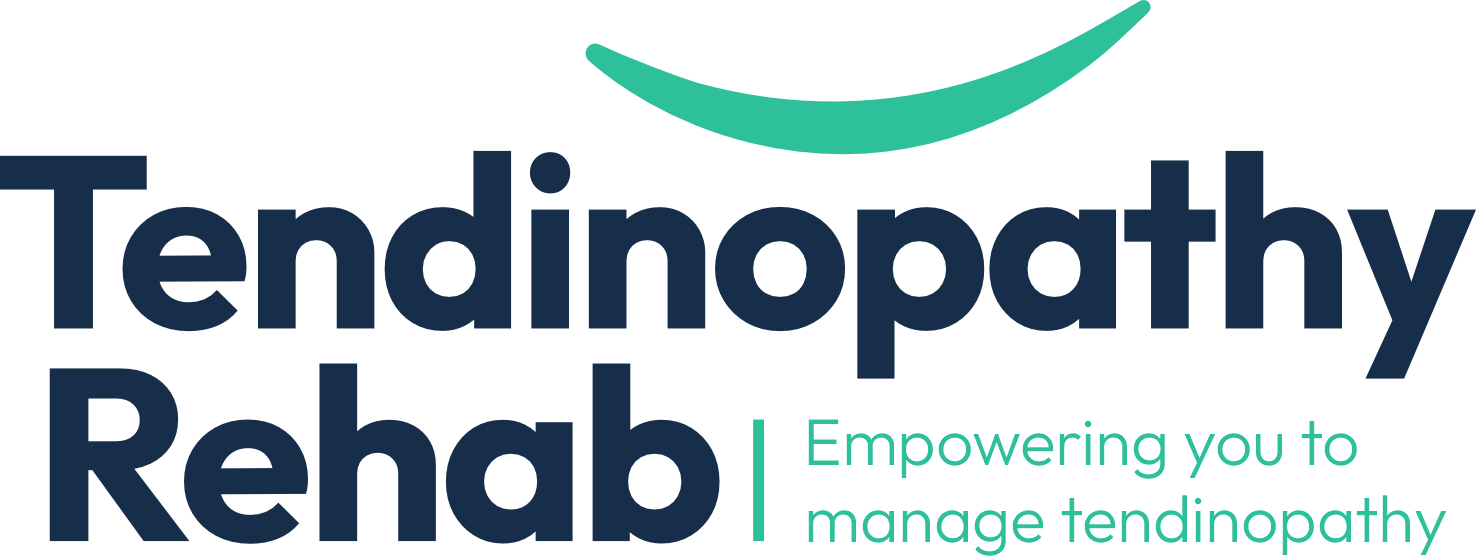Optimising tendon adaptation: key considerations
Optimising tendon adaptation: key considerations
Tendon adaptation has been a passion of mine for a long
time. I love that, under the right conditions and with the correct loading
approach, tendons can become stronger. This principle is the foundation of
effective injury prevention and rehabilitation.
Below, I outline the key factors in my tendon adaptation
framework. I’ll be discussing these in depth—along with their practical
application—at my upcoming face-to-face course in Melbourne in May:
https://www.tendinopathyrehab.com/course/amllt-f2f-2025-may.

In the meantime, here is a brief overview.
It all starts with general health: A person needs the
right environment to heal, which includes metabolic and hormonal balance, diet,
sleep, rest, and other factors. This should be a priority from the start or at
least considered alongside tendon adaptation strategies.
The basic principles of tendon adaptation: They are
all interrelated, as are the load conditions used to achieve them.
- Strain that is adequate and sustained for long enough (total time under tension).
- Stress relaxation – the gradual reduction in tendon tension over a sustained contraction.
- Fluid movement – the movement of free and bound water around and out of the tendon.
How do we maximise these mechanisms?
What type of contraction? The literature suggests
contraction type doesn’t matter, but in practice, it’s major!
- Heavy isotonic, such as heavy slow resistance programs, is common but not optimal for tendon adaptation. The weakest part of the length-tension curve will always limit intensity.
- Isometric (ISOM) loading is ideal for sustained and controlled tendon loading. The real beauty is you can pick the joint positioning to maximise strain.
- Maximal eccentric loading: you get 1.5 times the load of ISOM contractions, so good for maximising strain. Must be performed super slow to ensure adequate time under tension.
How long for each contraction? Longer contractions
(>30 sec) are better for stress relaxation (as Keith Baar discusses). Our
research shows fluid movement (a different mechanism) can occur even with
short-duration contractions:
- 10-sec vs 40-sec repeated 85% MVC ISOM contractions led to similar patellar tendon thickness reduction if time under tension is the same. (Pearson et al. 2018)
- 75% MVC 8-second ISOM contractions in the human Achilles also show substantial fluid movement. (Merza et al. 2022)
So, high-intensity, short-duration (5-10 sec) contractions achieve good strain and fluid movement, while longer contractions (20-30 sec) may be better for stress relaxation.
How much total time under tension is best? If
intensity is high, excessive total time under tension per session is
unnecessary. 50-60 sec total time under tenson seems fine based on the work of
Aramptazis (varies with individual, intensity used, joint angle)
How do intensity and strain relate, and which should I
monitor?
- 4.5% to 6.5% tendon strain is needed for adaptation (note this is only known for the Achilles).
- The muscle contraction intensity required to achieve this varies—it has been thought that >70% MVC is necessary, but it may range from 40% to 85%.
Strain is best to monitor but you need to use ultrasound during contractions. Clinically, use muscle contraction intensity (>85% MVC) as a marker.
What is the best joint position? For ISOM loading,
joint positioning is crucial.Outer-range loading provides a double
benefit:
- It exploits the length-tension relationship (usually greater force near outer range).
- It pre-strains the tendon to maximise strain and adaptations.
An issue with outer ROM is pain provocation and compression,
so consider tolerance.
How many weeks of loading are needed?
- 4-8 weeks is generally enough to make significant gains, with further gains occurring more slowly after that.
- Early
gains reflect changes in tendon material properties, while CSA gains
happen later and are limited.
How does pain change things?
Maximal eccentric loading and ISOM in lengthened positions are
often not possible for those with high pain levels. A different approach is
needed for these people.
The key message
Consider factors in this framework to maximise tendon
adaptation for individuals. The approach you take will change within each
individual depending on the goal, training phase, pain levels, strength levels,
etc.
References
Merza, E.Y., Pearson, S.J., Lichtwark, G.A. and Malliaras, P., 2022. The acute effects of higher versus lower load duration and intensity on morphological and mechanical properties of the healthy Achilles tendon: a randomized crossover trial. Journal of Experimental Biology, 225(10).
Arampatzis, A., Mersmann, F. and Bohm, S., 2020. Individualized muscle-tendon assessment and training. Frontiers in Physiology, 11, p.723.

Connect with Prof Peter & the Team
Book a consultation
-
Visit Peter at our Richmond Clinic
-
Via a Telehealth session
-
132 Bridge Road, Richmond 3121, Melbourne Australia
